In director Frank Darabont’s 1994 film, “The Shawshank Redemption,” Andy Dufresne escapes prison through a sewage pipe and emerges into a thunderstorm … a baptism of resistance.
Make Space for Radical Honesty
As an artist, when you feel the weight of a hot political topic, the impulse to self-censor can tighten your chest and clog your flow.
It’s the voice in your head that says, “I can’t say that.” Or it might be the opinion from a well-intentioned second set of eyes that looks over your work and asks, “Are you sure you want to go there?”
Standing up to authoritarian pressure begins with refusing to shrink from the truths you know matter.
Here are three artists who confronted the impulse to self-censor and chose bold expression instead.
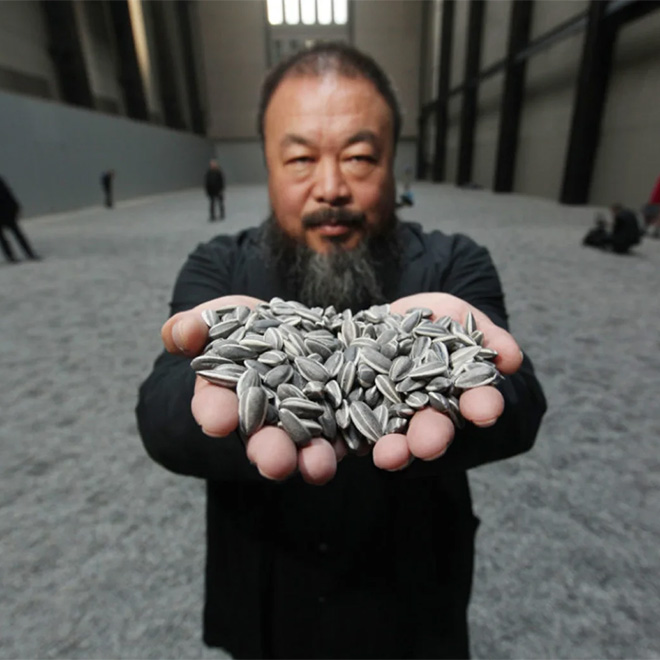
Ai Weiwei: “Dodging Politics Is Like Dodging Raindrops”
Chinese contemporary artist Ai Weiwei has repeatedly insisted that neutrality isn’t an option when basic rights are at stake.
He quips that “trying to avoid politics in art is like trying to dodge raindrops on a rainy day,” stressing that any attempt to stay apolitical under an authoritarian regime is itself a political act.
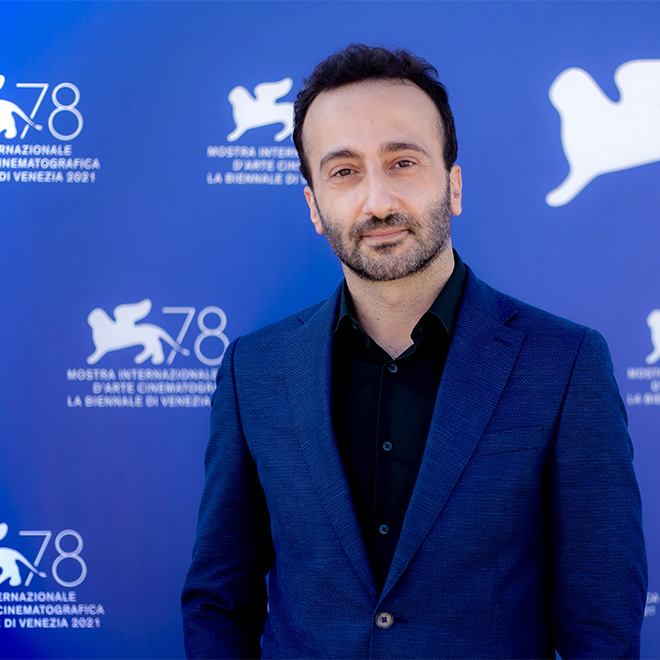
Lucien Bourjeily: Challenging Censorship by Confronting Its Vagueness
Lebanese director and writer of theater and film, Lucien Bourjeily, turned the uncertainty of his country’s censorship laws into the very subject of his work.
In 2013 he submitted a play titled “Will It Pass or Not?” directly to the state’s censorship bureau, exposing how vague and arbitrary the approval process could be. When the play was predictably banned, he published its text in full, refusing to let the threat of censorship silence him or deter others from probing unstated limits.
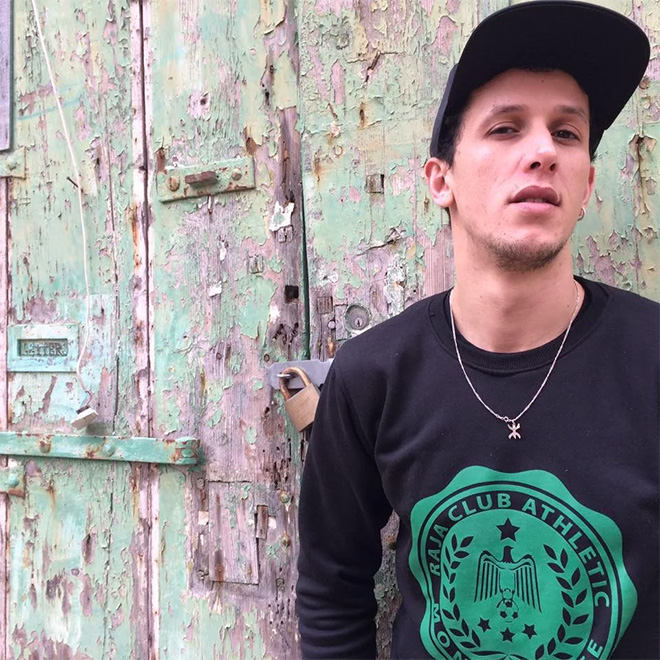
Mouad “El Haqed” Belaghouat: Critiquing Power in the Face of Imprisonment
Moroccan rapper Mouad Belaghouat (better known as L7a9d or El Haqed) spent two years behind bars after releasing music that called out government corruption and social injustice.
Despite repeated arrests on spurious charges, he continued dropping tracks and performing solidarity concerts. His steadfast refusal to tone down his lyrics shows how artists can overcome inner doubt by anchoring their work in collective struggle rather than personal safety.
These examples illustrate that self-censorship isn’t just about external bans. It’s the inner barrier of doubt that can paralyze a movement.
By seeking the truth, intentionally confronting power, and speaking with (not for) those who are disparaged, creatives can demonstrate how to turn fear into fuel.
Simple Steps to Relax and Let Go with Your Creativity
Are you uncomfortable about unsheathing your creative sword in a time of political uncertainty? If helpful, below are six actions artists can take to loosen that grip, calm the inner critic and let your art speak truth in its most authentic form:
- Establish a Safe Space: Create a physical or mental zone where judgment is off the table and experimentation is rewarded.
- Choose a dedicated time and place free from interruptions (even if it’s just 15 minutes at a kitchen table).
- Clear away distractions: silence notifications, tidy the work surface, play gentle background sounds.
- Post a reminder (“This is a judgment-free zone”) on a sticky note to reinforce permission to explore.
- Start with Freewriting or Free Sketching: Bypass the censor in your mind by committing to unfiltered drafts.
- Set a timer for 5–10 minutes and write or draw without pausing to edit.
- Don’t worry about coherence or style. Focus on getting the raw ideas on paper.
- Notice recurring words or images, they’ll reveal where your passion and resistance lie.
- Use Prompts and Constraints: Paradoxically, limits can spark freedom by giving your mind a clear launchpad.
- Pick a word or phrase related to your topic, then riff on it for one page or one sketch.
- Impose a form constraint, like a 16-bar lyric, a one-scene monologue, or a 300-pixel by 300-pixel sketch.
- Constraints focus energy and reduce the “paralysis of infinite possibility.”
- Embrace Imperfection: Remind yourself that first drafts are raw clay, not polished sculptures.
- Give yourself permission to produce “bad” work. It’s an essential step toward greatness.
- Label your early efforts “rough” or “sketch” so your inner critic knows these pieces aren’t final.
- Celebrate visible progress over perceived perfection.
- Anchor in Community and Accountability: You don’t have to go it alone; sharing even small experiments can dilute fear.
- Find a trusted peer or small group for weekly creative check-ins.
- Exchange one-sentence “what scares me” prompts before each session to surface unspoken doubts.
- Offer and receive gentle feedback focused on questions, not judgments.
- Practice Micro-Risk Taking: Build your boldness muscle with tiny strokes of courage.
- Publish a single line or image on social media with a disclaimer: “Rough draft, welcome thoughts.”
- Perform a one-minute snippet for a friend via video call.
- Gradually increase public exposure as you accumulate positive reinforcement.
By combining these steps—safe spaces, unfiltered drafts, deliberate constraints, imperfection tolerance, community support, and small acts of daring—you will find the channel between your convictions and your art widening.
Fear will shrink in the face of consistent creative action—and each act becomes part of a larger movement.
“Creativity takes courage.”
Henri Matisse
May our creative choices—no matter how small—be brave enough to name the truth.
Randall White
Abbetuck
This post is inspired by “Nine lessons for fighting authoritarianism using art in an age of resistance” by Ken Grossinger for the Southern Poverty Law Center. Mr. Grossinger’s first lesson was on self-censorship. “Don’t self-censor,” he wrote. “The biggest mistake we could make while trying to ignite a movement is to let our fears dominate our actions. Stand up for what you know is right.”

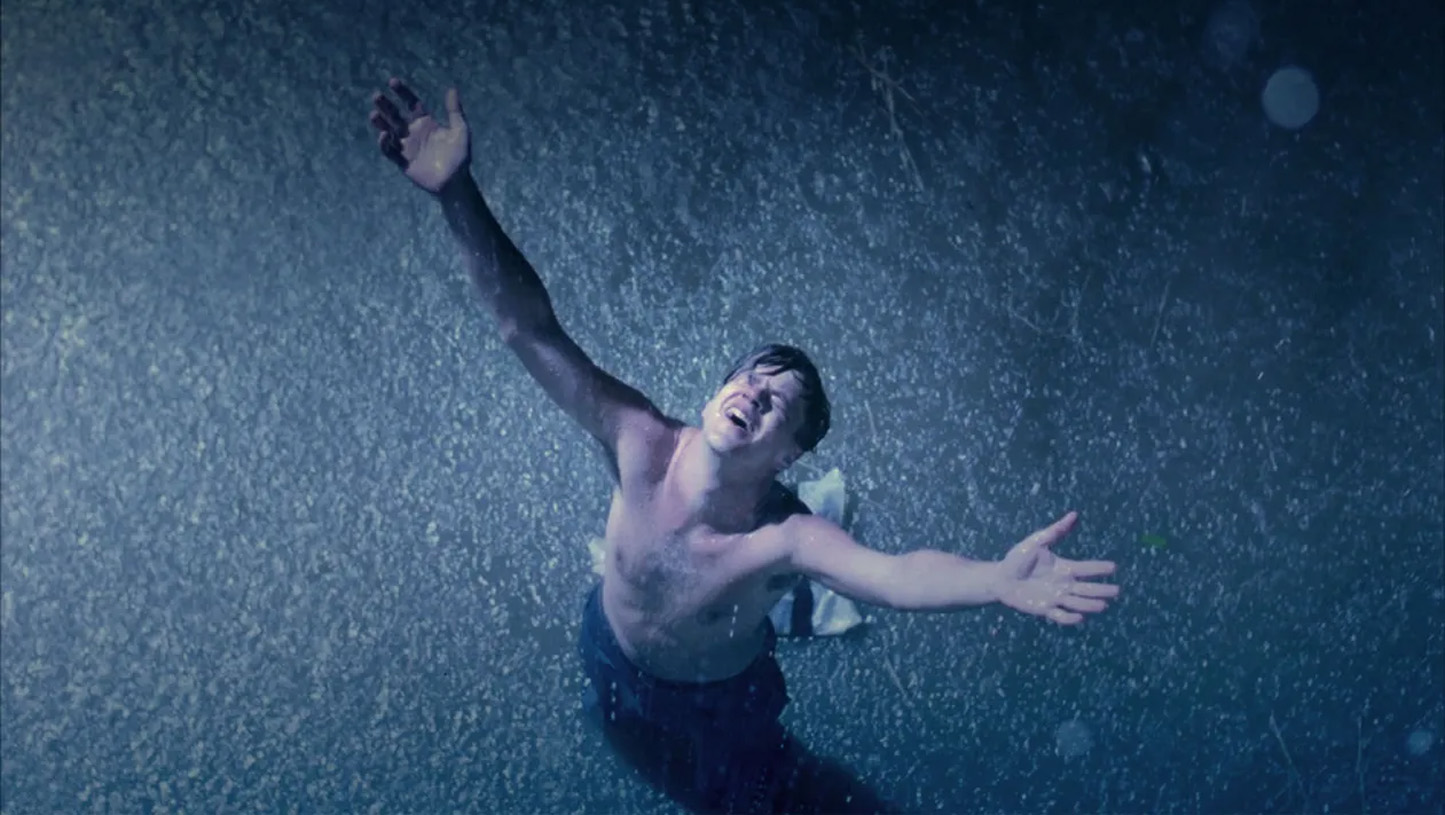

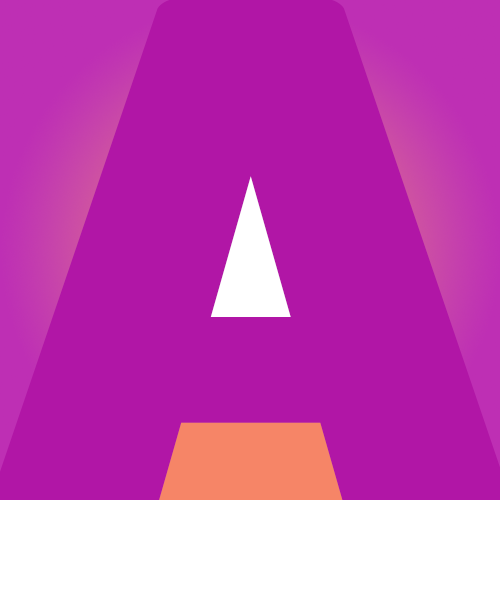
No responses yet